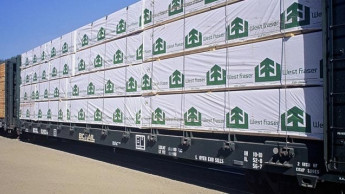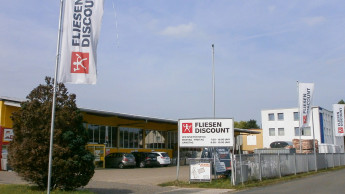

deep insights, facts & figures

China is not one homogeneous market. Now the government is pushing ahead with developing the economy in the interior, in places such as Chengdu, the westerly centre of the hardware industry
Anyone who has seen the glitzy shopping malls with their brand-name shops in China’s big coastal cities will find it hard to believe that this country is classified as belonging to the group of emerging economies. The lifestyle of the growing middle and upper classes is no longer all that different from what is to be found in the established industrial nations of the West. However, it must not be forgotten than this gigantic country with its enormous population is anything but a homogeneous economic area. Huge parts of the county can indeed be classified as emerging markets. But that is precisely what the government is working to change, with the help of a strategy introduced as its “Go West” policy. The goal here is to lift the south-west of the country to a much higher economic level on the model of the coastal region with its metropolises such as Shanghai. One centre of this development policy for what might be called the landlocked interior is the city of Chengdu. This is the political, economic and cultural capital of Sichuan province and has a population of some 15 mio, while the province as a whole has around 90 mio. Chongquing, another megacity, is even somewhat bigger. Per-capita income in the region amounts to US $ 6 400, which is higher than the Chinese average of US $ 5 400 (2011) but just half as high as in Shanghai (US $ 12 700) or Peking (US $ 12 400). The Go West policy has long made itself felt in the economy. The talk now is of a westward migration trend for foreign investments in China for the next five years. This region, which encompasses a population of some 200 mio when the surrounding provinces are included, is experiencing an economic boom. The area’s GDP of RMB eight mio saw growth of 13 per cent in 2011, stronger than the national average. In Chongqing alone real estate is expanding by an additional 137 000 m² every day. “Altogether it is becoming increasingly clear that China is not a homogeneous market and that regional markets require regional distribution networks,” says Mathias Kuepper, vice general manager of Koelnmesse in China. “China can no longer be regarded as one market in the sense that it can be covered by one office, one partner or one trade fair. There are many reasons for that here: in addition to economic strength, not only do the regions have very different distribution structures but the language, food, culture and so on feature great variations as well.” It is not by chance that the fair manager is getting to…
Related articles
Read also

 Menü
Menü












 Newsletter
Newsletter